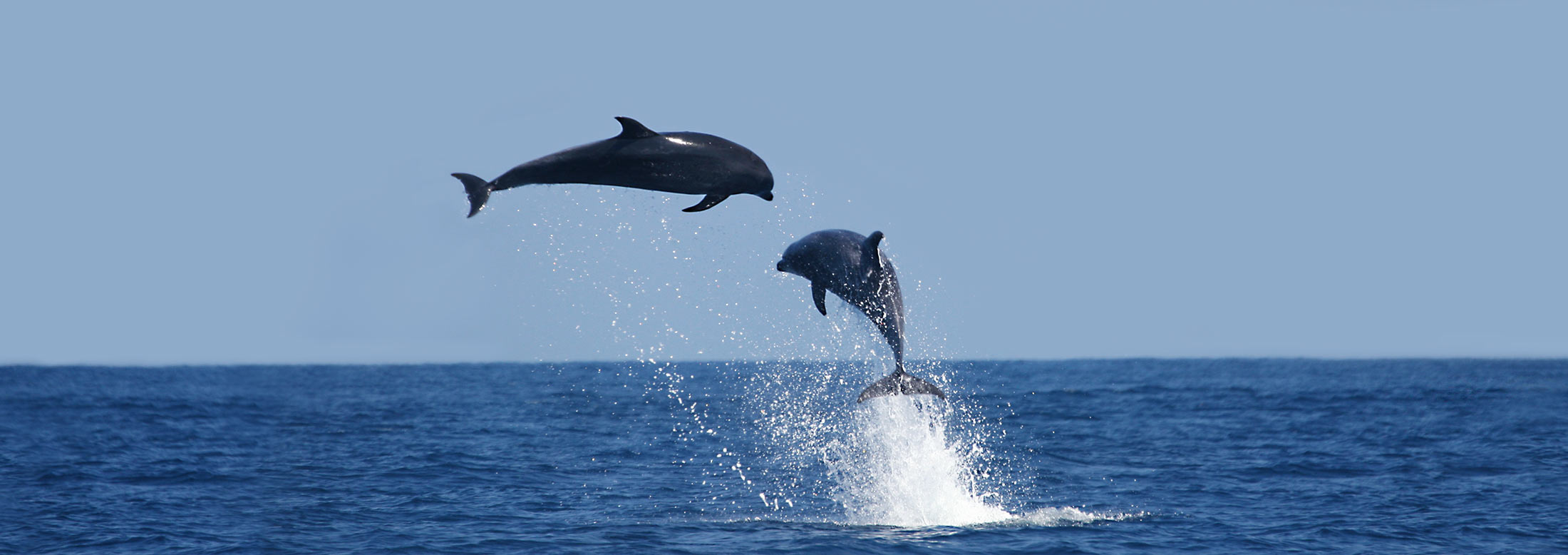
ENDING CAPTIVITY
Why whales and dolphins belong in the wild
QUICK PAGE LINKS
3,000+
whales, dolphins and porpoises are held in captivity around the world today
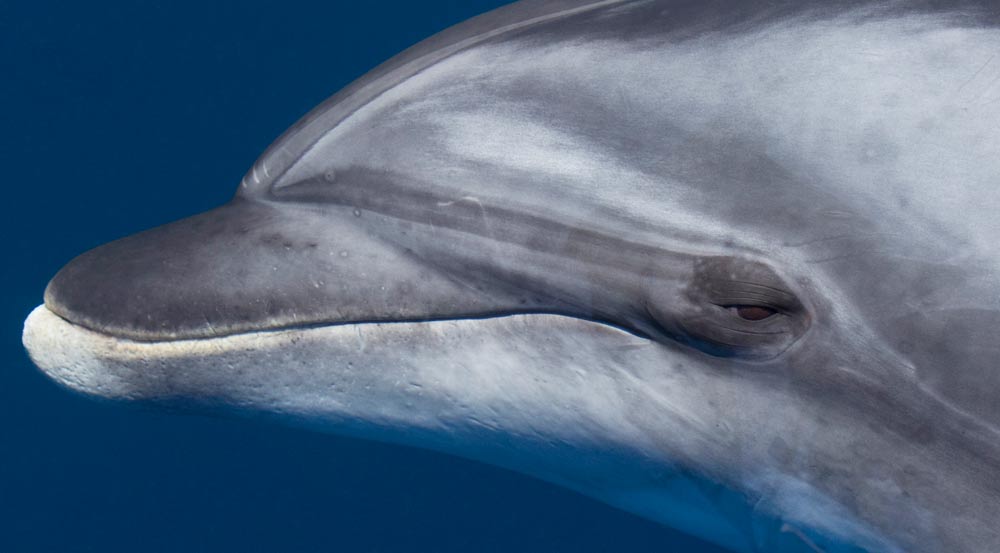
3 reasons why dolphins don’t belong in captivity

Dolphins are large-brained, cognitive animals
If we consider ourselves as being at the pinnacle of intelligence, dolphins would be a close second, scoring even better than great apes. Undoubtedly, intelligence is difficult to define and almost any animal may be considered “smart” depending on what definition of intelligence we apply. But only in a few species like dolphins, great apes, and humans, do we find brain complexity, social complexity, and ecological complexity closely linked.
Can you imagine what it means for these intelligent and social creatures to be caged for their entire lives?

Dolphins live in complex societies in the ocean
Dolphins have large and complex brains, but what is all this brain capacity good for? It’s allowed them to develop complex and fluid societies to thrive in a challenging, 3D ocean environment. Wild dolphins are always on the move, at times traveling for hundreds of miles. They often engage in cooperative hunting, males can form coalitions, and mothers and calves have strong bonds that can last for years. They play, imitate, learn from each other and transfer information from generation to generation.
A tank can’t even begin to address their social needs. In captivity, whales and dolphins are separated from their “families” and show serious signs of distress.

Dolphins have emotions – and unique personalities
We like to think of dolphins as happy, frolicking animals who are constantly smiling. But what we think is the blissful face of a dolphin can obscure their true feelings, especially when we keep them confined. Dolphins, like us, are able to experience a broad spectrum of emotions. Anyone who has witnessed the compassion of a dolphin mother taking care of her calf or a dolphin grieving for days for the death of a relative, can’t deny these animals have emotions.
Captivity puts dolphins under extreme stress, which we may not recognize based on their expressions. Let’s not forget that dolphins also die “smiling”!
“When I began my studies (on dolphins), I knew these creatures primarily as the objects of my research but, as the years passed, I came to recognize them as individuals, not solely for their unique dorsal fin notches, but also for their cognitive abilities, personalities and emotions.”
Life in Captivity
How is life in captivity for dolphins, whales and porpoises?
We can’t read a dolphin’s or whale’s mind, but anyone who has spent time at sea in the company of these animals knows that their existence in the wild is completely different from what they experience in a concrete tank.
Confining and forcing these intelligent animals to jump through hoops and do tricks – or show us affection during swim-with-dolphin experiences – is an exploitation of wildlife for human entertainment, and has ethical implications.
Enclosing these highly-social and mobile species (such as killer whales or bottlenose dolphins which travel widely in the open ocean) in small pools induces boredom, stress, abnormal behaviors and psychological dysfunctions.
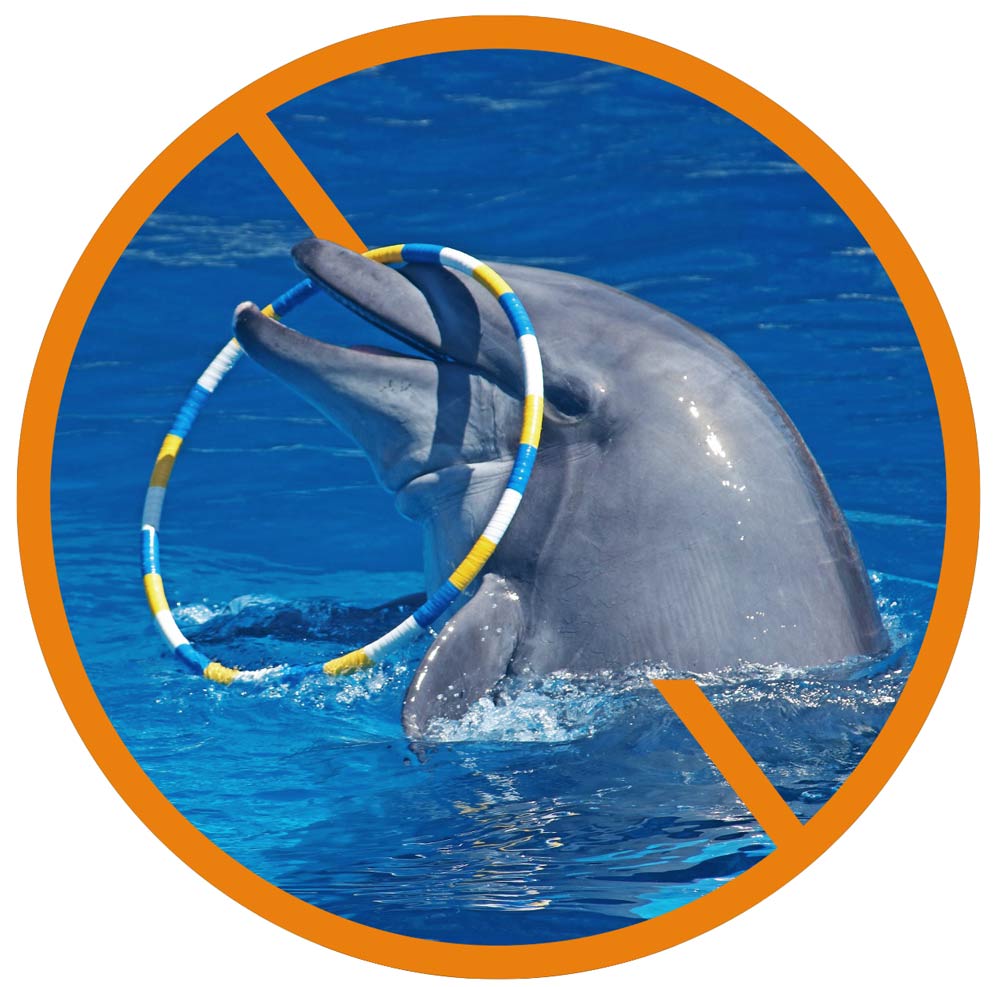
Why captivity doesn’t help
research, education or conservation

Studies in captivity are over
It’s true that in the past, several captivity studies have helped fuel our basic understanding of dolphins and whales – an understanding that researchers at that time could not have obtained at sea because of technical and logistical obstacles.
But the world – and science – have changed, and we now have the means to more effectively study these marine mammals in their own environment. Further, because of the artificial settings, research in captivity provides little knowledge that can be applied to the protection, management and conservation of these species in the ocean.

Captivity doesn’t provide a realistic educational experience
Among the most common claims of marine parks is that captive whales and dolphins provide educational opportunities, which they contend lead to public concern for conservation.
The big difference in opinion rests on one’s definition of “educational value”. Deprived of their ocean habitat and complex social structures, the behavior of dolphins and whales changes. Commercial marine parks don’t provide accurate educational experiences because one can’t truly understand these animals once they’re been separated from their natural environment.

Removing dolphins from the wild won’t solve environmental issues
Another claim is that by keeping dolphins and whales in a tank we are saving them from pollution and overfishing, or even extinction, and that captive breeding programs are for conservation motives.
Taking dolphins away from their natural habitat will not address or solve environmental issues. And the idea that these programs help endangered or threatened species is – with some exceptions – faulty, especially considering that endangered species are generally not the ones being kept in captivity.
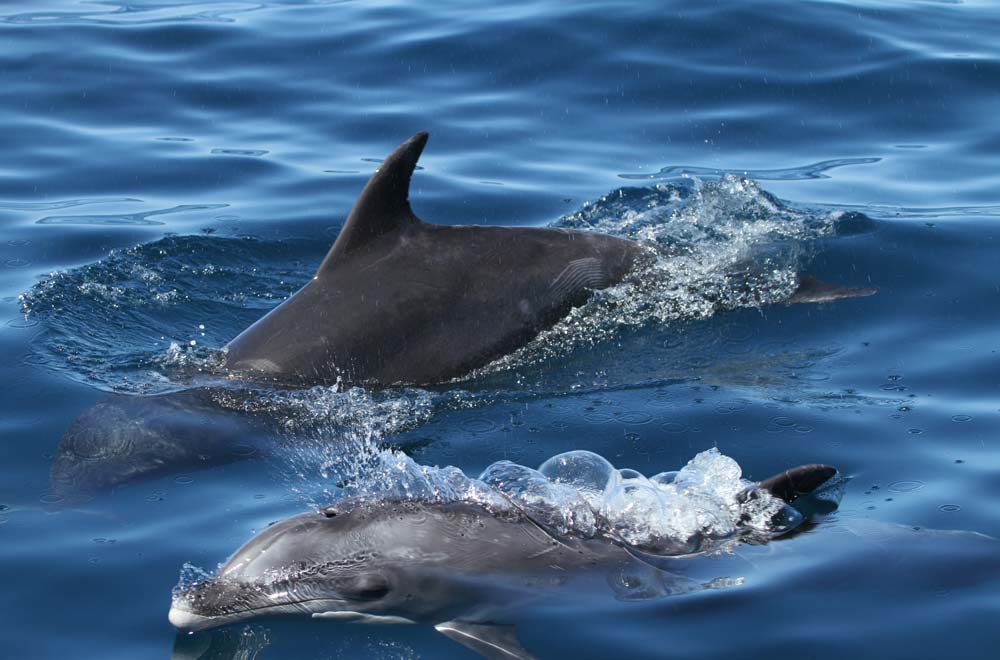
“No state-of-the-art captive aquarium or marine park can ever meet the complex physiological and psychological needs of a dolphin, or most other animals, for that matter. Captive dolphins have nothing in common with those I have come to know in the wild.”
Learn more about captivity
Read why OCS president, Dr. Bearzi, believes we should not keep dolphins in captivity: 3 Reasons Why Dolphins Belong to the Wild
Check out this free and comprehensive guide: The Case Against Marine Mammals in Captivity
Learn more about the educational claims of the captivity industry at The Whale Sanctuary Project
SEA SANCTUARIES
Humane environments for whales & dolphins released from captivity
What is a sea sanctuary?
A sea sanctuary is a place that resembles the natural habitat of whales, dolphins and porpoises as closely as possible, where they can be rehabilitated if injured, or live permanently after living in captivity. It’s an environment that aims to maximize these animals’ well-being and autonomy.
How many sea sanctuaries exist?
There are many sanctuaries for land animals being retired from zoos but there are none yet for whales and dolphins. Why? Creating a sea sanctuary isn’t easy due to the complex logistics involving the transportation and care of these animals.
Groups of experts in different fields are working together to address these challenges. Port Hilford, Nova Scotia was recently chosen as the best site to create a seaside sanctuary for whales being retired from entertainment parks in the US. This long-term care will be funded through donations, endowments, and other revenue-generating opportunities like educational materials and programs.
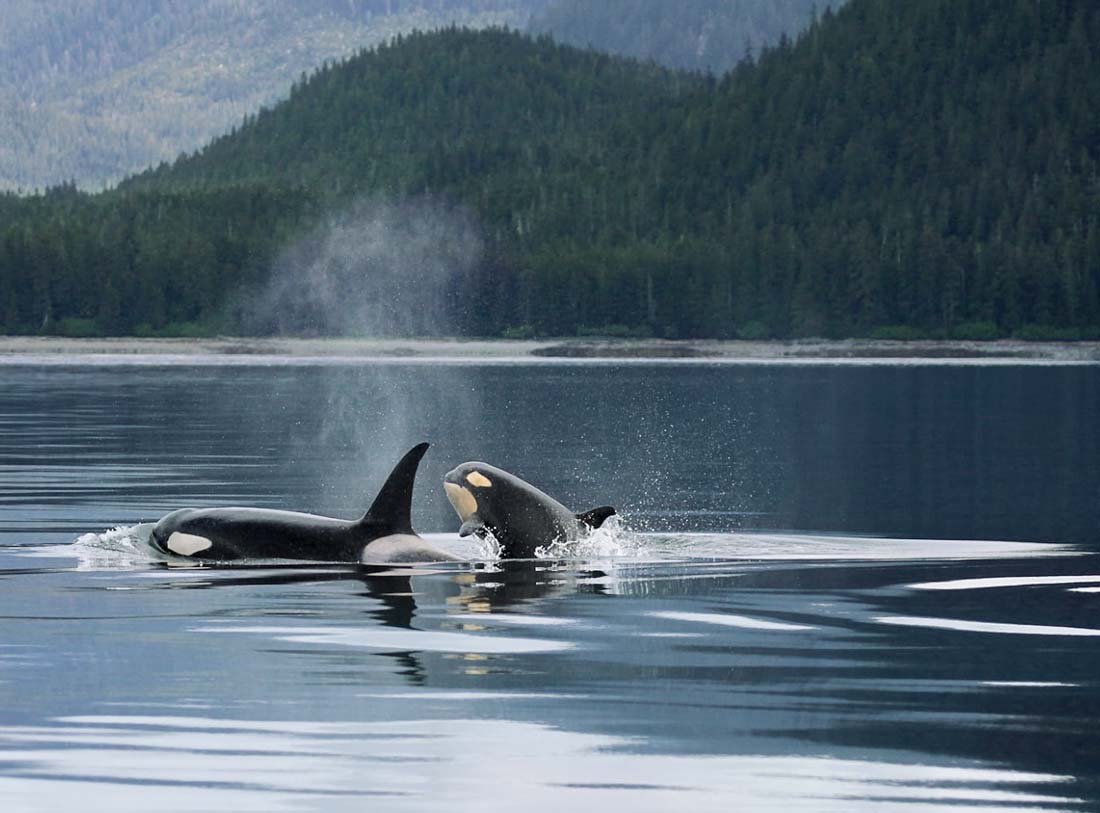
Is a sea sanctuary like Sea World?
Sea Sanctuaries are not entertainment facilities like Sea World. However, the public could still have a chance to see these animals in a more natural habitat and learn about what they are really about. In the case of a Sea Sanctuary, the well-being of dolphins and whales is the priority.
Why can’t captive whales and dolphins just be returned to the ocean?
Whales and dolphins born in captivity have never experienced life in the ocean with their own “families”, and need human care for the rest of their existence. However, these individuals can still thrive in a natural habitat similar to what they would experience in the wild.
Others, like stranded or injured animals, can live in a seaside sanctuary with the option of release after being carefully treated and assessed. These animals would need time to re-learn skills necessary to survive in the ocean.
WATCH THE VIDEO
The future of whale and dolphin sanctuaries
Video courtesy of our friends at The Whale Sanctuary Project
“A seaside sanctuary is a place where captive dolphins and whales can live in an ocean environment, and where their wellbeing and autonomy is the priority. It combines both a natural environment and the care the whales need to not just survive, but to thrive.”
“We can’t undo all the harm we’ve inflicted on cetaceans by keeping them in captivity, but by providing them with seaside sanctuaries, we can improve their quality of life. That is our goal.”
Partner Campaigns
Ocean Conservation Society is working to stop captivity and strongly support The Whale Sanctuary Project’s mission to relocate whales, dolphins and porpoises to a sea sanctuary. We are collaborating with WSP and other organizations offering our expertise as scientific advisors with the hope that captive dolphins and whales can soon experience a place that will finally resemble their natural habitat.
Learn more about sea sanctuaries
Learn more about what a sea sanctuary is and how it works
Get answers to frequently asked questions about sea sanctuaries
Learn about the benefits of sea sanctuaries from Dr. Naomi Rose
TAKE ACTION!
Help end captivity and make sea sanctuaries a reality!
Stop the Demand!
Observe whales, dolphins and porpoises responsibly in the wild instead of visiting them in captivity. Go on a reputable whale-watching trip – it’ll likely cost less than a ticket to a marine park! Help decrease economic incentives that keep these animals in confinement and learn about these stunning creatures in their natural habitats.
End the Capture
Put pressure on governments to ban the capture of wild whales and dolphins by signing these petitions:
End Captures of Dolphins for Public Display in U.S.
End Imports & Exports of Dolphins Across U.S. Borders
Empty the Tanks
Stop petting pools and swim-with-the-dolphins programs by signing these petitions:
End Swim-With-Dolphins Programs
End All Dolphin Petting Pools
Help Sea Sanctuaries
We need to find more sea sanctuary “homes” for whales and dolphins. Please visit The Whale Sanctuary Project for ways your can help and be of active support.
Share and Educate
Being informed and sharing your knowledge is key:
• Post about captivity issues on social media
• Organize screenings of the documentaries The Cove and Blackfish
• Download and distribute this informative pamphlet on Dolphins in Captivity
Be on the Frontline
Use your mind and creativity to transform awareness into action! Check out these Activism Guides from Rick O’ Barry’s Dolphin Project for ideas on how to get started.
